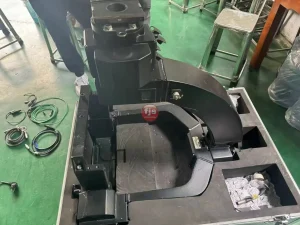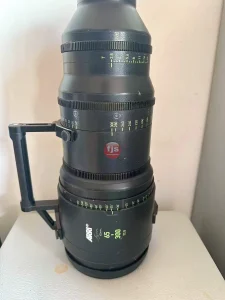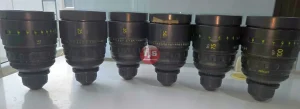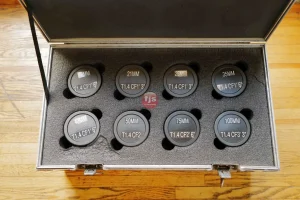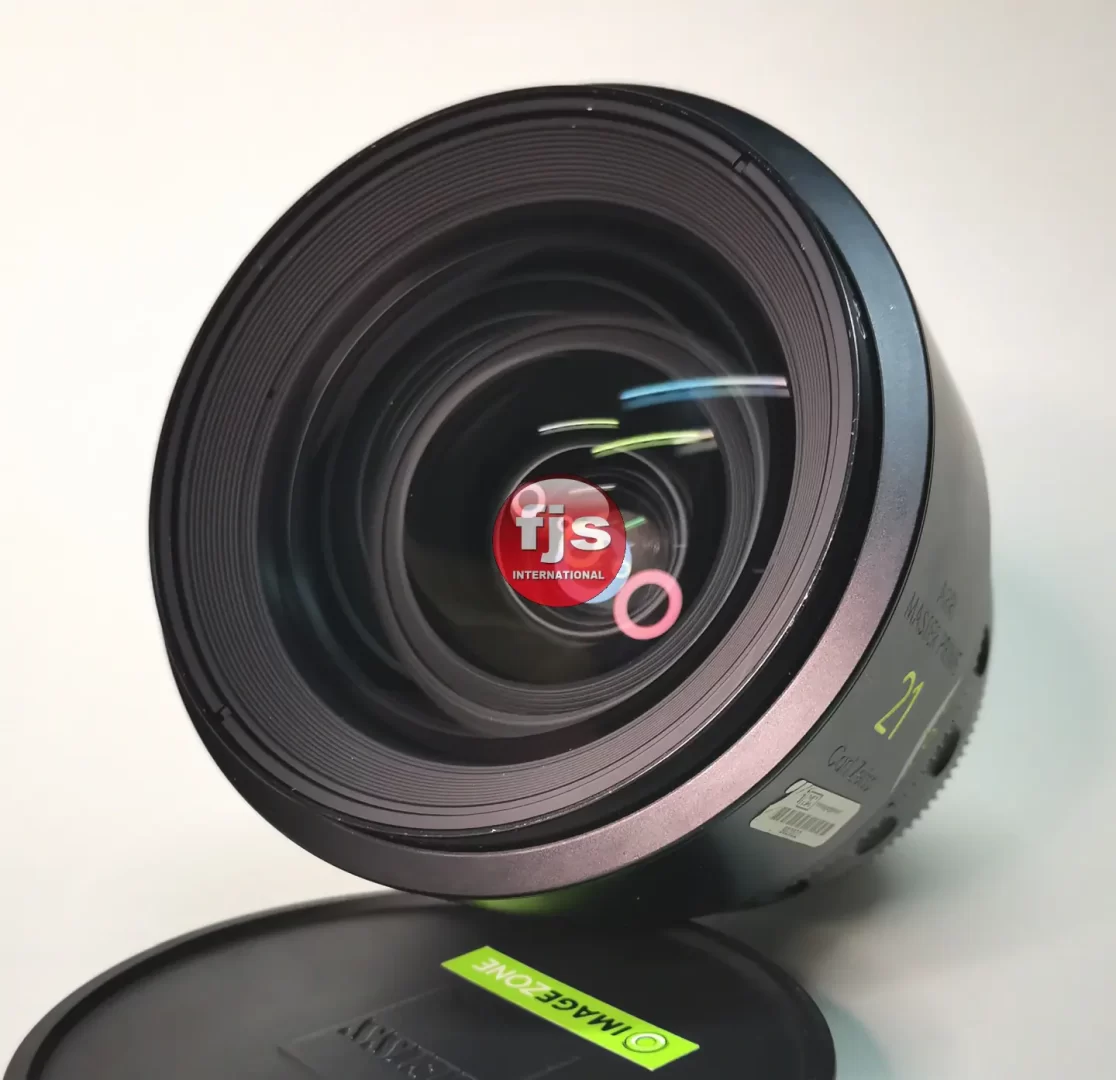
Prime lenses are an ideal choice for those seeking compactness and speed, while still boasting impressive apertures.
Increasing the aperture on a camera has several advantages for photographers. For instance, utilizing a fast shutter speed with an expansive opening can render images of objects in motion immobile. Moreover, when shooting at night or in low-light settings it may be advantageous to utilize a high ISO along with an expansive f/stop for hand-held photography without necessitating use of tripods.
Faster lenses provide more light into the camera, making it easier to confirm focus and yielding sharper images.
Furthermore, prime lenses feature an inherent simplicity in construction that often results in a comparatively lower cost to produce. This is combined with fewer visual aberrations like color fringing and image distortion which ultimately provides you with a more technically accurate image than what can be achieved by zooming out to its extreme limits.
The alluring quality of a prime lens is its mastery over the captivating bokeh effect, which can be observed in images that possess subtle depth of field. Many photographers relish prime lenses for their capacity to encourage ingenuity; by requiring them to alter the size or position of objects within the composition when taking pictures, it facilitates creative expression and encourages greater artistic flair.
When contemplating the advantages and disadvantages of prime lenses versus zoom lenses, it is worthwhile to consider your shooting style and how you prefer to work. Prime optics are typically more expensive than their zoomed counterparts; however, they offer remarkable image quality even in low-light scenarios. For many photographers who rely on speed and quality for success – prime lenses remain a critical component of their kit!



